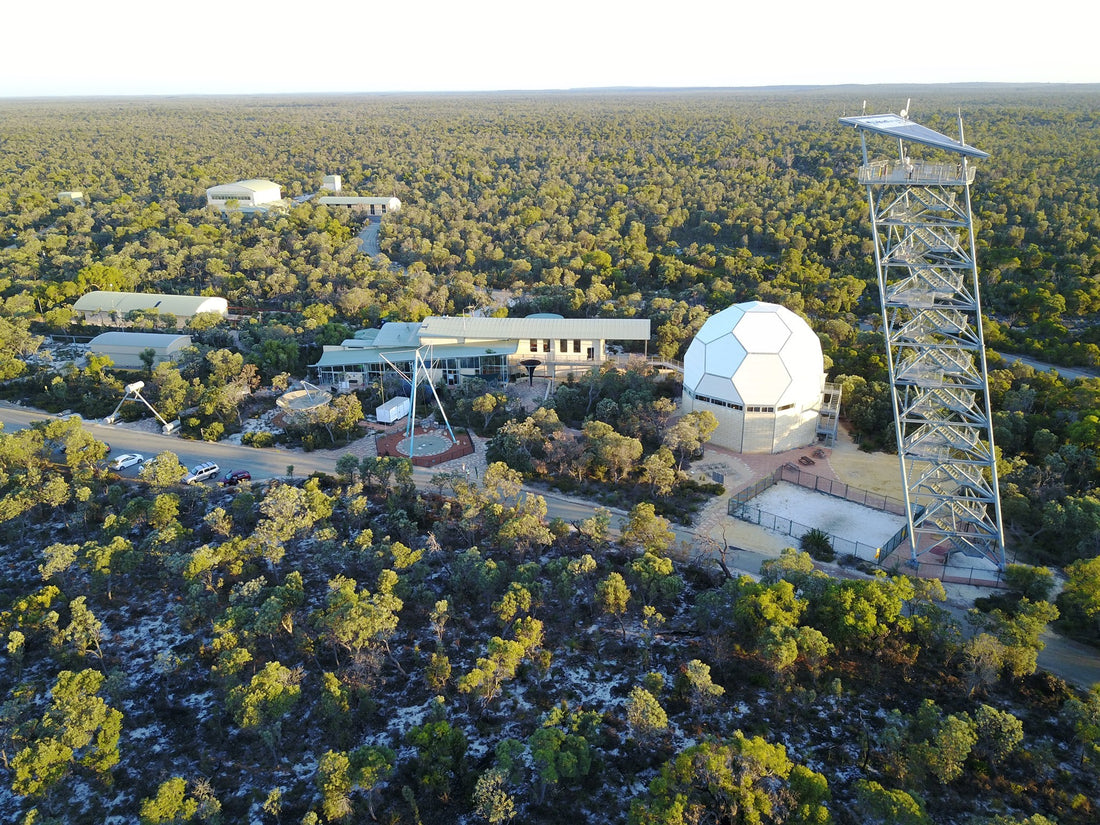
Hopefully, A Dark Future for one West Australian Observatory
Share
The Gravity Discovery Centre and Observatory located just 70km north of Perth is on track to become the second internationally recognised dark sky reserve in the country. The first being the River Murray dark sky reserve located in South Australia who were classified as a "gold tier" site by the International Dark Sky Association (IDA) in 2019.
So what the bloody hell is a dark sky reserve?
A dark sky reserve in its simplest form is like a national park for the night sky, set up to protect the area from the ever-encroaching threat of light pollution. Optical observatories all over the world are situated in some of the darkest places we can feasibly put them, but the perpetual motion of urban sprawl is starting to put some of these sites at risk. As sky glow increases the number of distant feint objects that can be observed decreases, in some cases that is a very thin line between seeing and not seeing transient events like gamma-ray bursts.
Now space is great and all but there are also benefits down here on earth to be gained by keeping the light pollution at bay.
Light pollution has a huge environmental impact that you may not have realised. All organisms rely on an internal body clock called the circadian rhythm and this clock relies on one very simple thing to keep its time…. blue light.
The light from the sun has a colour corrected temperature of around 7000k and when you observe the visual light spectrum of the sun there is a huge spike in the blue part of the spectrum. This blue spike is what tells your body if it is day time or night time.
Flora and fauna rely on this clock to regulate things like hunting, breeding, pollinating and movement. Don’t believe me? Just take a look at this exhibit in the GDC Observatory outlining the spectral differences in different colour temperatures.

Note that all the dead bugs are found in the light with the largest blue spike.
Streetlights (primarily the new LED ones) also have a very large spike in this same blue part of the visual spectrum, it is put there deliberately to help reduce driver fatigue and accidents. Not only are there effects to the fauna and flora but streetlights being left on all night costs billions each year in electricity, not to mention the emissions from said energy production.

Spearheaded by the GDC’s Chief Astronomer Richard Tonello, the centre has been working hard over the last 4 years to establish a dark sky reserve with the GDC at its core. At the time of writing the reserve currently covers 2614 square kilometres but there are talks in process with local government to increase the size of the reserve to encompass the entire shire of Gingin, bringing the total size of the reserve around 3600 square kilometres.

The final preparations to their application are now underway, and they are confident that meet the strict requirements set out by the IDA. Even if they fall short of international recognition the centre is committed to continuing it public outreach and protecting the night sky for all.
The future looks dark for this observatory, and they wouldn’t have it any other way.
Love a bitta Australian space?
Share this article with a friend to thrust Australia into the deep unknown...
#Space_Aus




